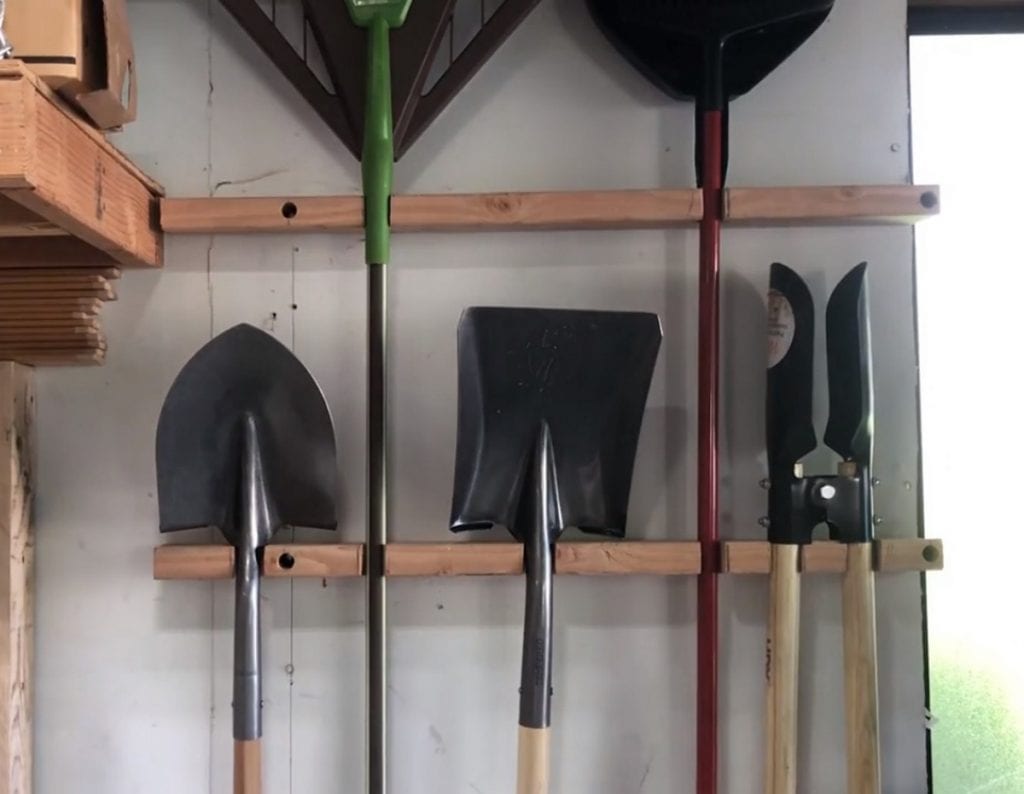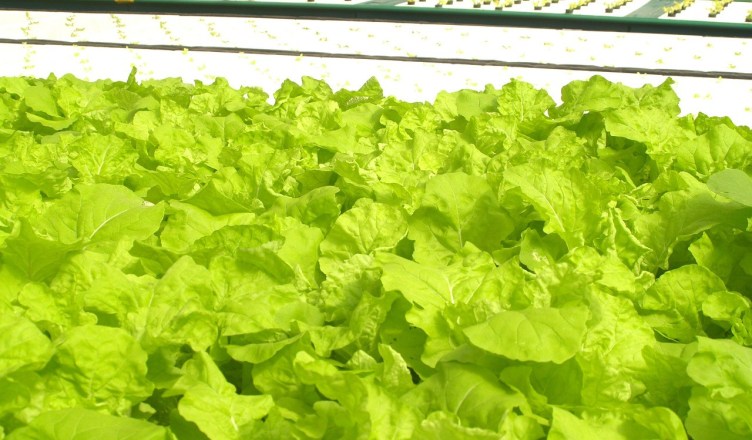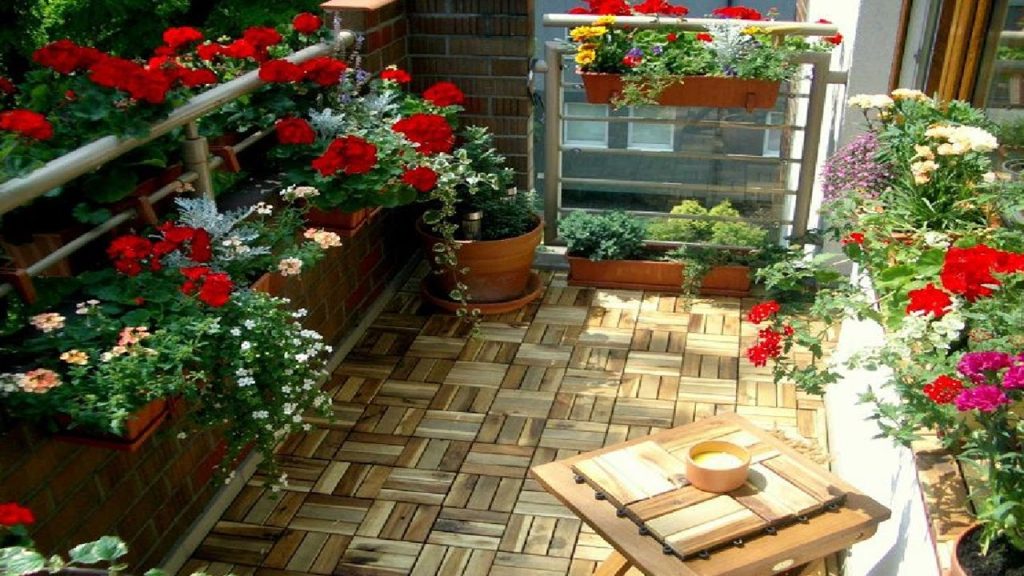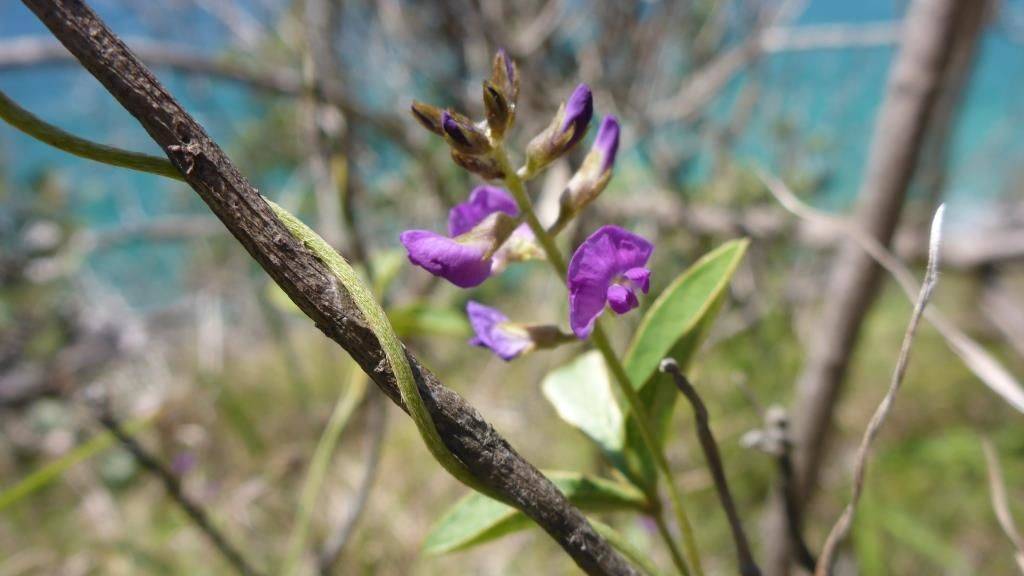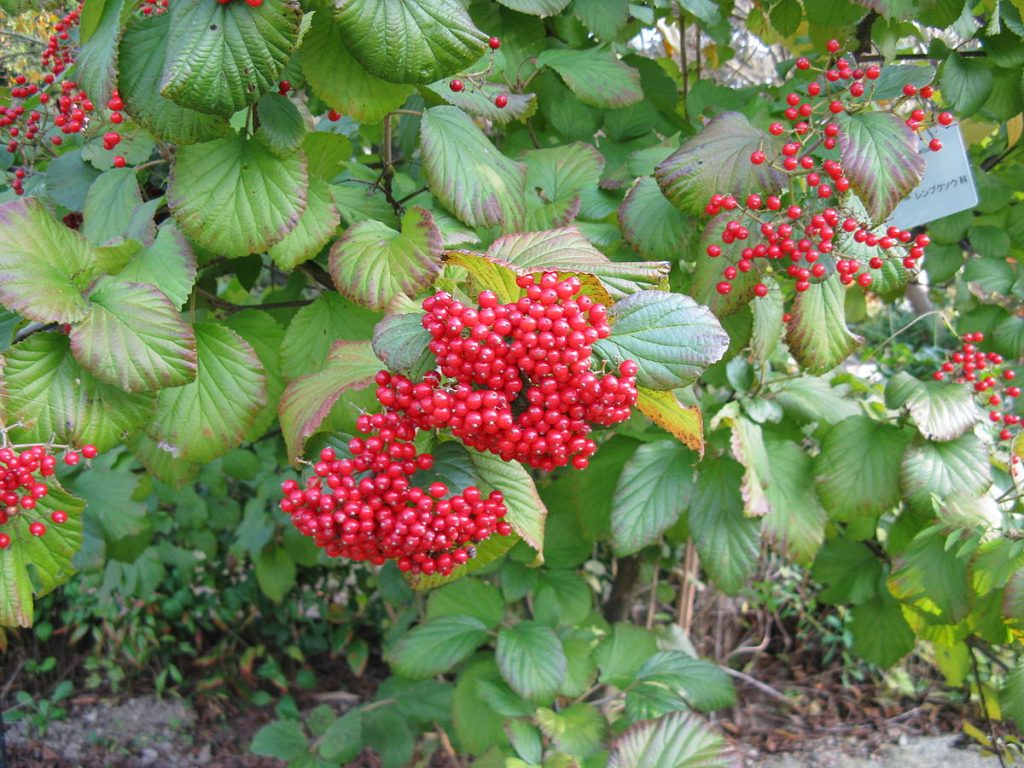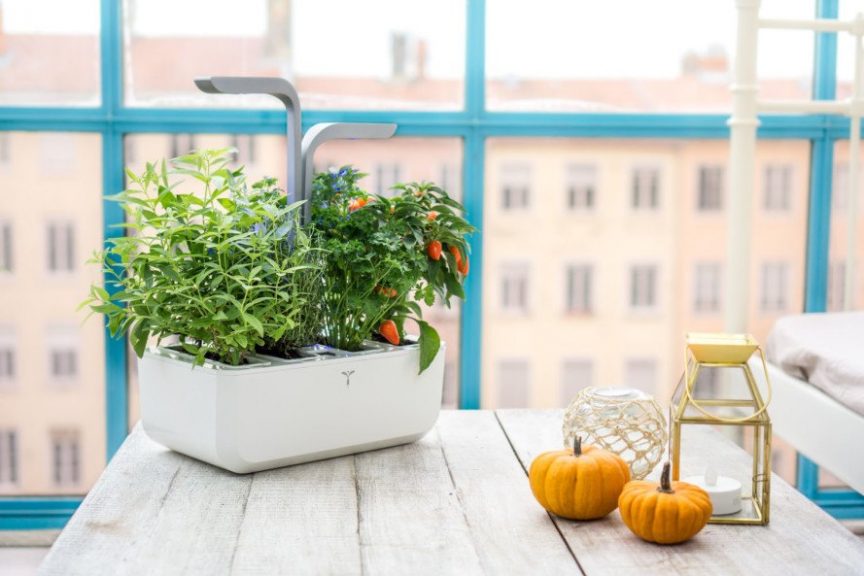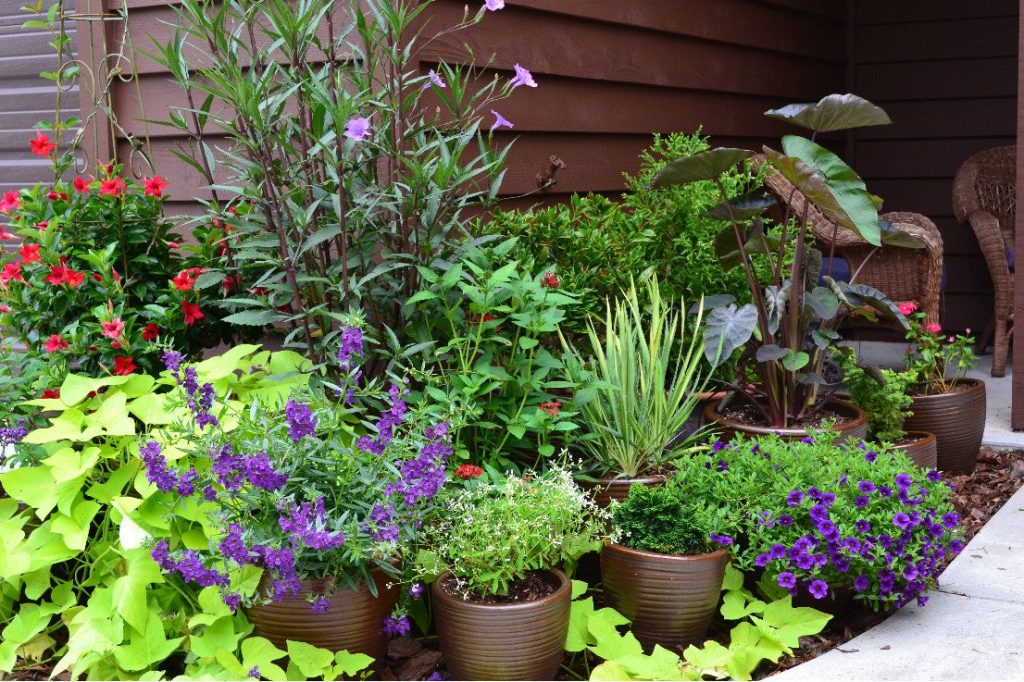Glycine, The Royal Climber
A wonderful climbing plant, glycine is very popular thanks to its generous and fragrant flowering.
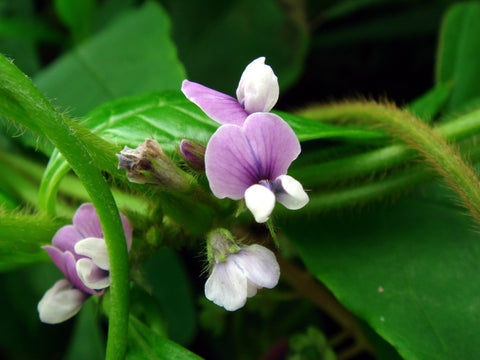
Beautiful climbing and woody plant, wisteria is a classic plant in the heart of spectacular flowering gardens. This plant offers clusters of flowers measuring approximately 50 centimeters in length. Very decorative with its touch of romance, it can adorn pergolas, walls, and fences. It will also be possible to drive it on a rod to create an isolated subject in the heart of a lawn.
Origin Of The Plant
The plant whose botanical name is Wisteria belongs to the Fabaceae family. This beautiful climbing plant can measure between 5 and 15 meters high. Taking advantage of a sunny exposure, glycine can easily grow in ordinary soil. Belonging to the Leguminous or Fabaceae family, the genus Wisteria has about 10 species of climbing plants. They are all from the United States and Asia. The plant was brought to France in 1816. It is true that the fragrance of glycine is developed in perfumery, for the composition of different perfumes of large brands.
A little anecdote to emphasize is that the wisteria of Japan wraps easily on the support and also in the direction of clockwise. On the contrary, Chinese wisteria tends to curl in the opposite direction. Regarding the language of flowers, it should be noted that glycine indicates tenderness, and if presented in a bouquet, a friendship.
The Cultivation Of Glycine
For planting, it is advisable to plant it in the spring or fall. You will have prepared beforehand a mixture of potting soil, garden soil, and seaweed and manure type amendment. It is also possible to plant during the summer after watering regularly. It is advisable to avoid periods of high heat for planting. It is true that wisteria requires sun to grow and bloom abundantly. In addition, it is not useful to bring fertilizer because glycine does not require even to facilitate the development of the foliage.
To multiply glycine, it is necessary to know that the cuttings are easily feasible on the glycine, just as the technique of the marcottage. It is also possible to plant the seed of glycine in the heart of pods giving rise to a seedling. In addition, this technique proves to be quite long before seeing the appearance of the first flower, the wait can last between 10 and 15 years …
Size And Maintenance Of Glycine
The size of the glycine is relatively easy and can be done every year otherwise you will be quickly invaded. In fact, glycine tends to gain, throughout its growth, and little by little ground. Also, the size will be done during the period of vegetative rest, since the fall of the leaves and this, until the end of the winter.
It is really advisable not to trim wisteria during frosts. Indeed, at that moment, the flowers appear directly on the stems of the past years. Also, you only need to prune the new shoots of the year in order to facilitate the flowering of the next season. During the winter season, you will have to cut the side shoots and leave only one or two eyes. Then, leave the main branch and then cut short all the stems starting from this branch. Do not forget to remove all the faded flowers, they have toxic seeds.






